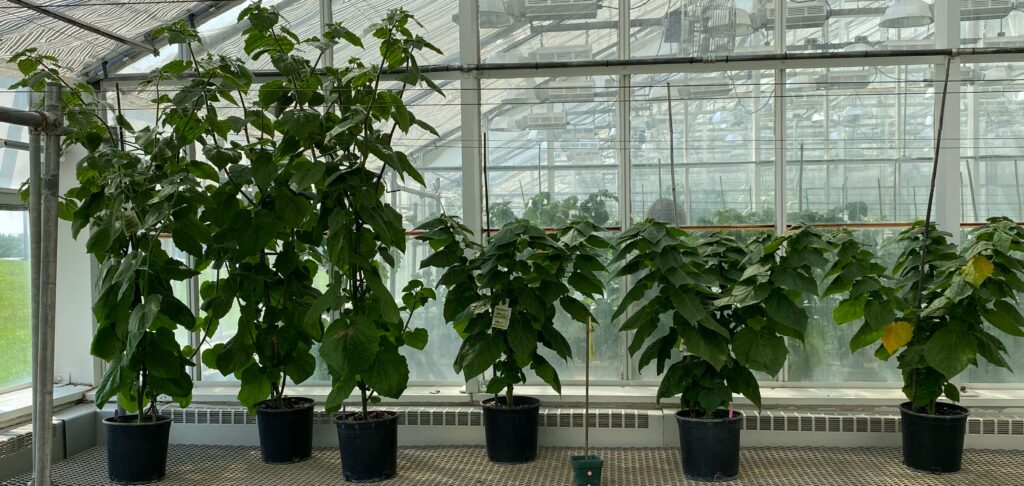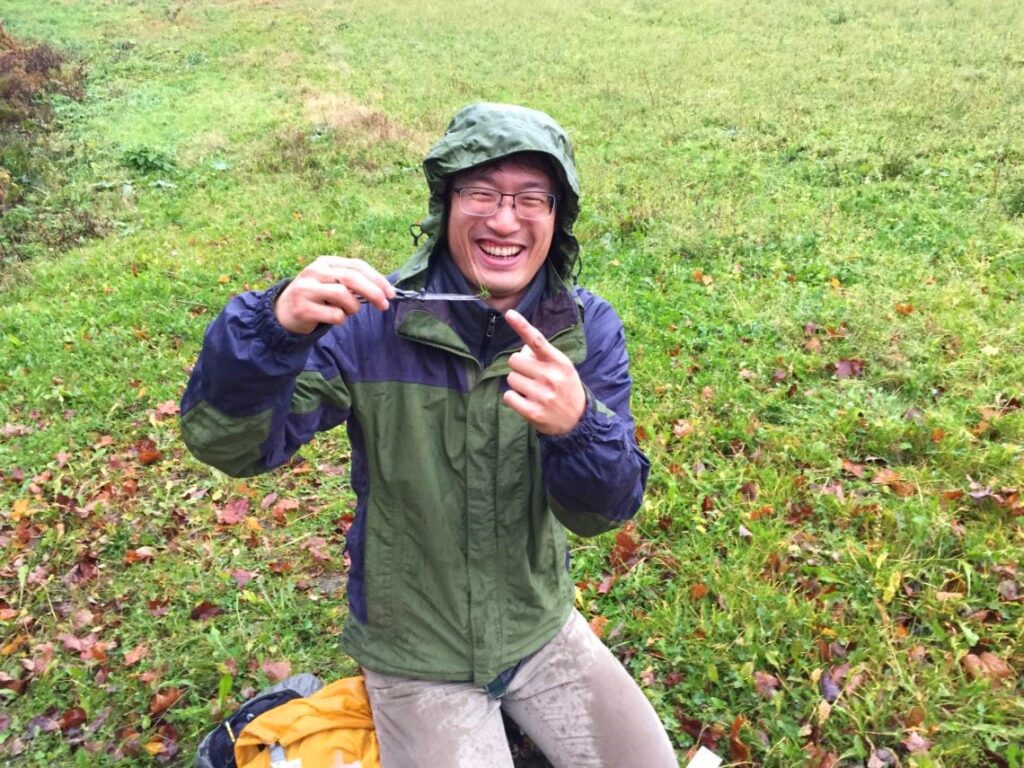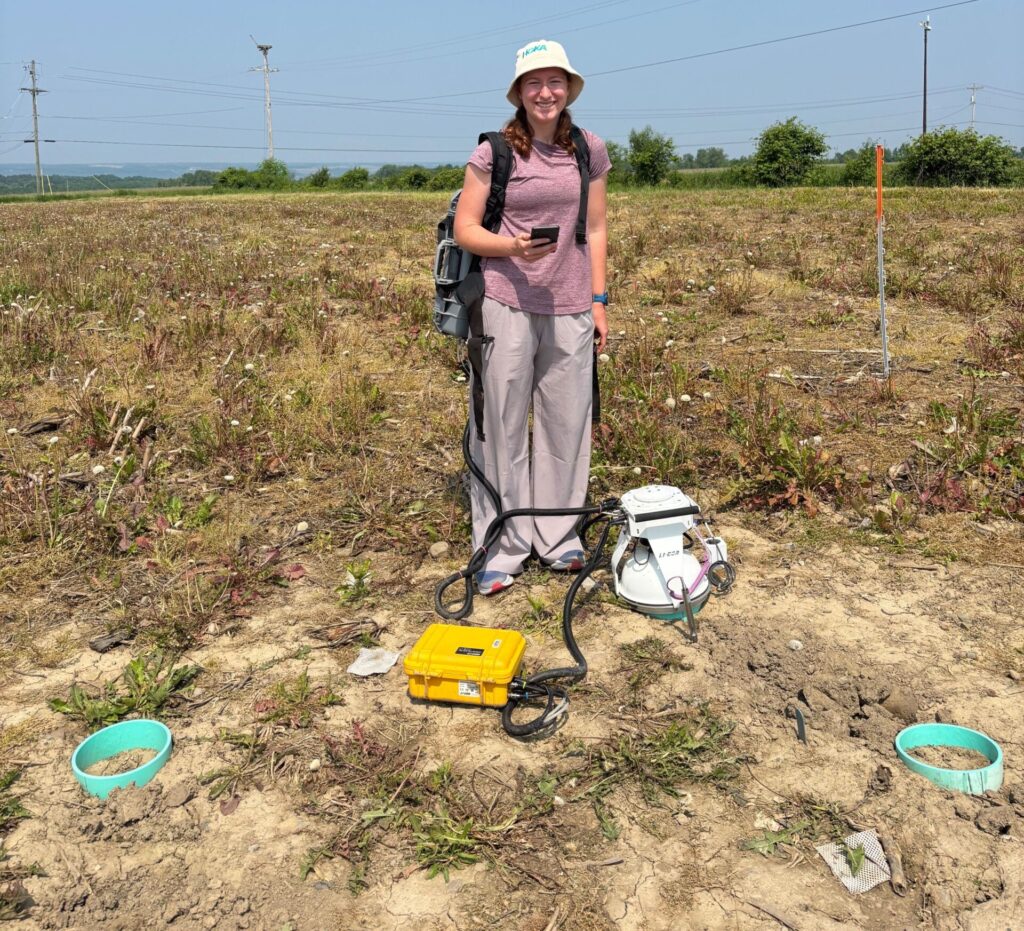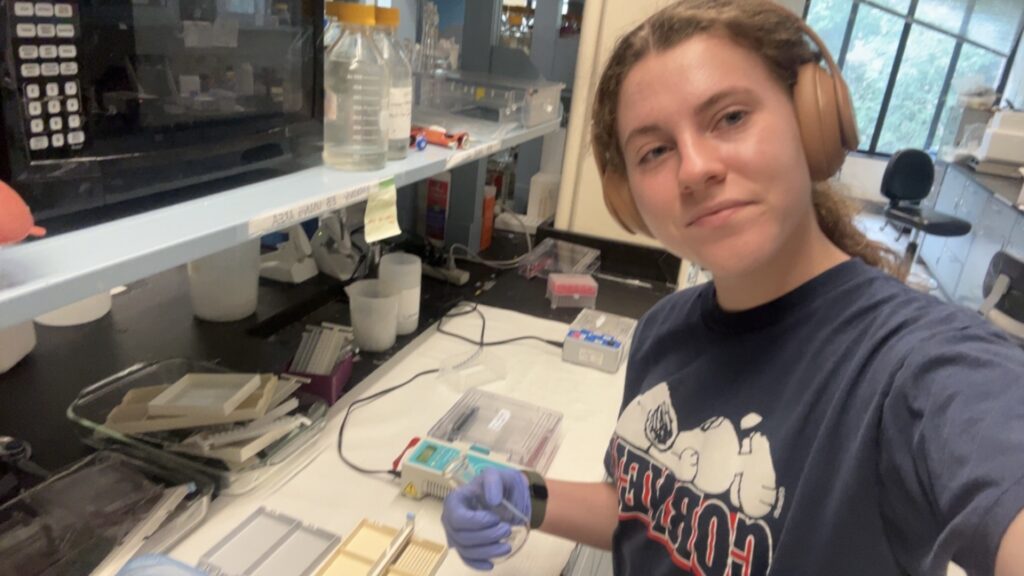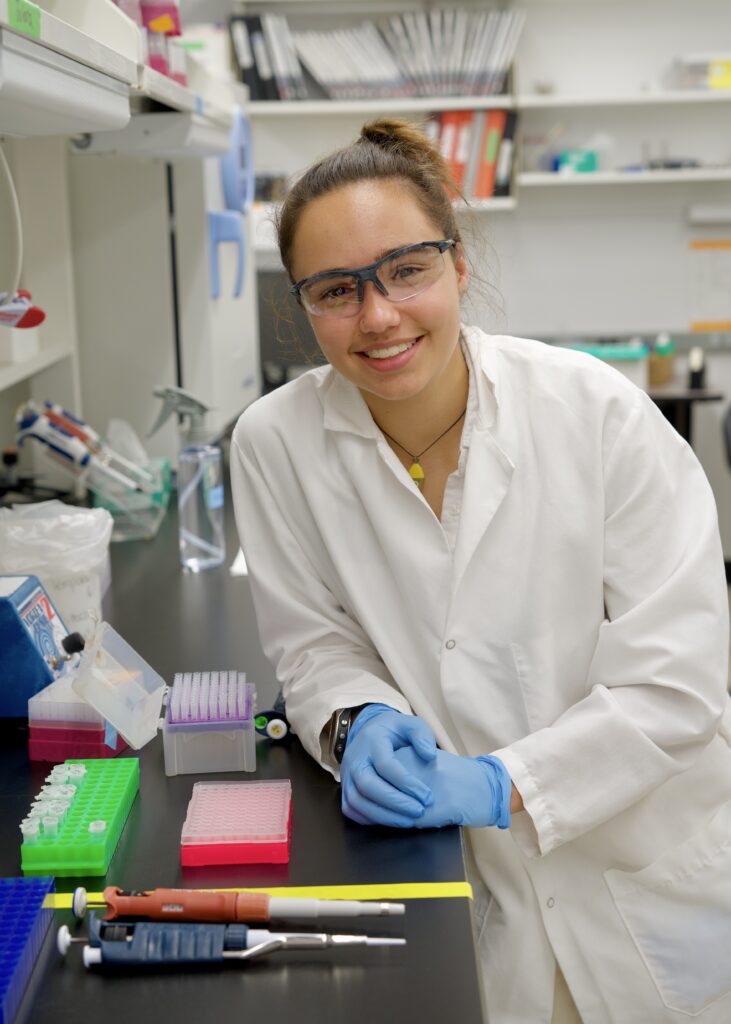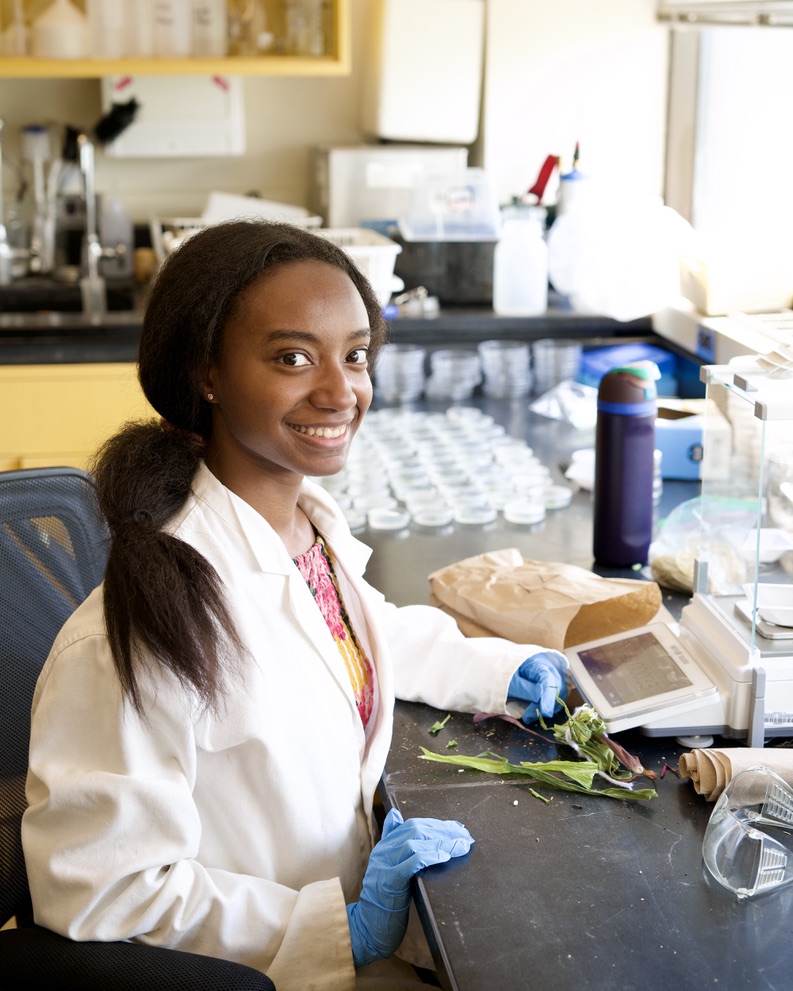Engineering the next superfood: BTI unlocks goldenberry’s large-scale farming potential
Goldenberries taste like a cross between pineapple and mango, pack the nutritional punch of a superfood, and are increasingly popular in U.S. grocery stores. But the plants that produce these bright yellow-orange fruits grow wild and unruly—reaching...
BTI’s Fay-Wei Li featured on popular “Ologies” podcast
BTI Associate Professor Fay-Wei Li joined host Alie Ward on Ologies—a top-five science podcast on Apple Podcasts—for a wide-ranging conversation about why ferns matter more than most people realize.Li, president-elect of the American Fern Society,...
Announcing the Jane Silverthorne Postdoctoral Fellowship Program
A message from Silvia Restrepo, President, Boyce Thompson InstituteAs the Boyce Thompson Institute (BTI) embarks on our second century of plant science innovation, I'm deeply honored to announce the launch of the Jane Silverthorne Postdoctoral...
Switch On, Switch Off: The Dynamic Defense of a Deadly Plant Disease
How P. infestans Rapidly Adapts to Fungicide ThreatsThe notorious pathogen that caused the Irish Potato Famine in the 1840s is still a major threat to potato and tomato crops worldwide. This oomycete water mold, Phytophthora infestans, can devastate...
Lignin and Lessons Learned: A Summer of Growth in Plant Science
You know it's been an incredible, impactful summer experience when it's so hard to leave.I had a spectacular summer as part of the Boyce Thompson Institute and Cornell Plant Genome Research Experience for Undergraduates (REU) program.For 10 weeks, I...
Not in Kansas Anymore – How a Summer in Ithaca, New York Changed my Life
Hazel Frans, originally from Overland Park, Kansas, is a Senior at Fort Hays State University. She was a 2025 summer intern at the Boyce Thompson Institute and Cornell University Plant Genome REU.In February, I was making lunch when a notification on my watch...
Meet Abby Stathis: Exploring the Microbial World of Plants
Abby Stathis is a rising junior at Colby College, where she majors in Biology: Biochemistry (Biology with a Biochemistry concentration) and English: Creative Writing (English with a Creative Writing concentration). She is spending her summer deepening her research...
Meet Tetianna Smith-Drysdale: Digging Deep on Fungi and Finding Her Path in Science
As she enters her senior year at the University of Oregon, Environmental Science major Tetianna Smith-Drysdale has spent the summer expanding her research experience and scientific understanding in Andre Kessler’s lab at Cornell University through the REU program...
Cultivating the Next Generation of Scientists: BTI’s Summer Research Experience
This summer, the Boyce Thompson Institute (BTI) welcomed 34 undergraduate students and three high school students, offering them a unique opportunity to immerse themselves in the life of a researcher. Now in its 25th year, BTI’s National Science...
Meet Paul Kuehnert: From Woodworking to Plant Science
When Paul Kuehnert talks about his path to plant science, it’s clear that curiosity has been the driving force.“I am a non-traditional student who has recently returned to school and have completed an associate’s degree in Horticulture from Finger Lakes Community...
Subscribe to BTI's LabNotes Newsletter!
Contact:
Boyce Thompson Institute
533 Tower Rd.
Ithaca, NY 14853
607.254.1234
contact@btiscience.org
Copyright © 2023 | Boyce Thompson Institute | All rights reserved | Privacy Policy | Cookie Policy

